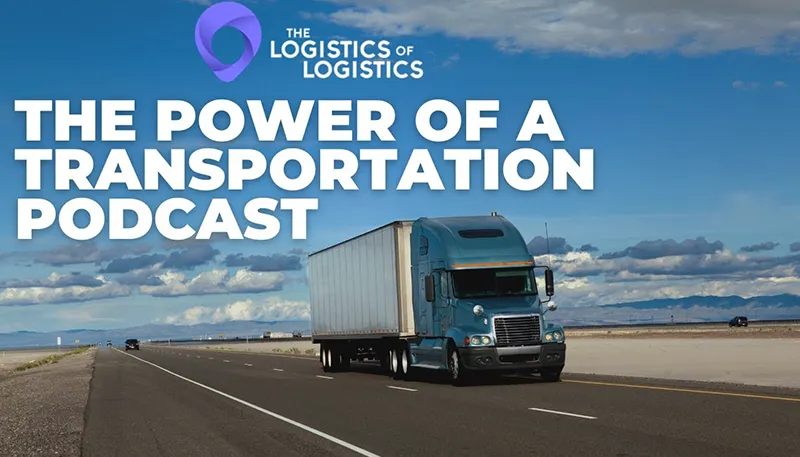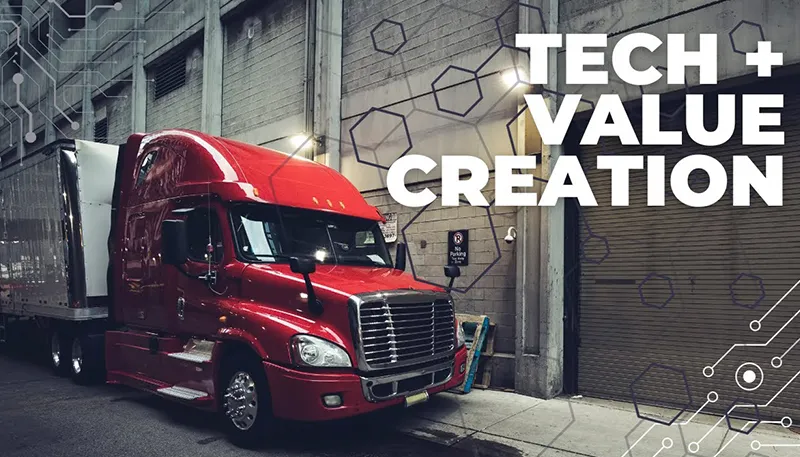Guest Columnist, Bob Malley: Surging eCommerce Delivery Demand is a Mixed Blessing
Posted on June 14, 2021 by Fusebox Marketing

For Regional and Local Carriers, Surging eCommerce Delivery Demand is a Mixed Blessing
Business is booming, but not all deliveries are profitable. Technology may hold the answer.
Shippers and carriers have had their work cut out for them lately: 2020 was a blockbuster year for eCommerce sales, which increased more than 44%, sending B2C shipping volumes through the roof. And it’s not over yet. Experts forecast that last-mile delivery will grow at 14% CAGR through 2024.
But all the good news about skyrocketing freight volumes obscures some of the significant challenges for both shippers and carriers:
- Shippers can no longer rely on a few national carriers to make all deliveries. The capacity crunch has resulted in service rationing and a disruption risk. Multi-day shipping costs are increasing at more than two times the inflation rate despite consumer expectation for “free” and faster delivery. Shippers must now figure out how to work with hundreds of local carriers, all with unique, value-add capabilities.
- Local carriers have successfully competed with national carriers by offering their customers value-added (often same-day) delivery capabilities. But they now face expectations that they will accept any and all shipments formerly tendered to national carriers. The freight tendered is not always profitable for them, which stresses what local carriers would otherwise hope to be a more strategic customer relationship.
A new generation of transportation management systems
Matching shipper delivery requirements with local carrier-specific capabilities, constraints, and preferences is beyond the scope of a more traditional transportation management system (TMS) or “rate shopping” process. However, new TMS technology, powered by artificial intelligence (AI), can take a wide range of complex factors into account and instantly select the optimal carrier service every time in a way that is a win-win for both shippers and carriers.
Here’s how you as a carrier can win:
- Delivery destination range. Unlike the national carriers, you thrive when you focus your delivery assets within specific geographic ranges and preferred lanes. Doing so ensures reliable, profitable, and better consumer delivery experiences.
- Delivery time. Amazon makes 72% of its Prime customer deliveries within 24 hours, and shippers are looking to local carriers to help them compete. The ability to factor in your same-day delivery advantage over national carriers is something TMS data-driven routing processes can provide.
- Shipment size. Your margins often depend upon the total cube, weight, and number of cartons or pallets. The ability to configure minimum and maximum carrier preferences within a TMS can help prevent carrier margin erosion.
- Product types. You may or may not be able to—or want to—handle freight like alcohol, pharmaceuticals, hazmat, or valuable items requiring custodial control. A TMS helps shippers recognize those capabilities during the carrier selection process.
- Consignee attributes. You may not be able to–or want to–offer residential white-glove or trash removal services or make deliveries to high-rise apartments, military bases, or prisons. A TMS will qualify consignee delivery location requirements against your preferences.
- FedEx and UPS contract incentives. Your shipper customers may be facing a “shippers’ dilemma”: How do they consider your alternative carrier services without jeopardizing their volume-based FedEx or UPS discount incentives. New TMS technologies use AI to predict monthly volumes, opening up opportunities for you to compete while preserving your customers’ contract compliance obligations.
If you are a local carrier losing time, money, and capacity on poorly routed freight, consider a TMS solution that can help you and your customers match and prioritize opportunities by providing “preference profiles.” The right TMS ensures you work from your strengths and help your shipper customers to keep their brands polished and maintain their customers’ loyalty.
About the Author: For 30 years Bob Malley has lead the multi-carrier shipping software industry as CEO of Tracer, Kewill and Pierbridge. At Sendflex CEO, Bob continues his track record of successful innovation with last mile delivery solutions that benefit both shippers and carriers. For more information on how Sendflex Technology helps carriers and shippers work together to make optimal routing decisions, visit us at www.sendflex.com.


